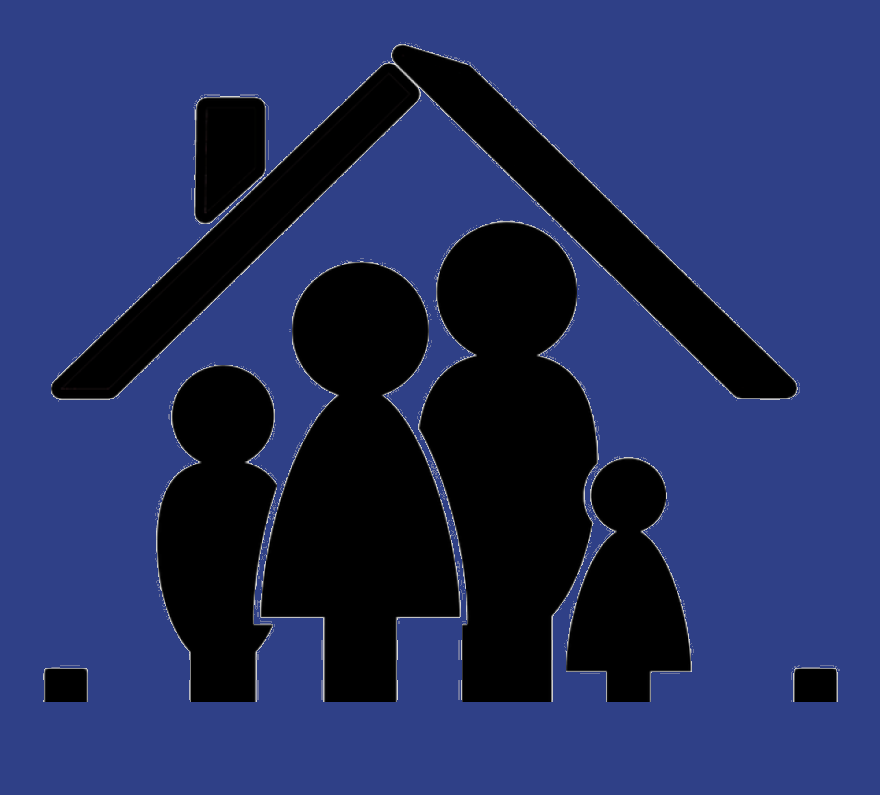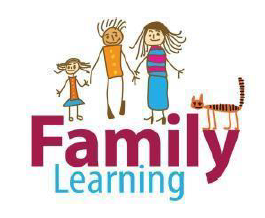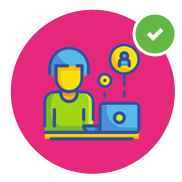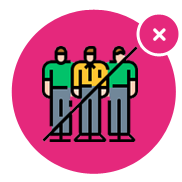Family Learning
“Family learning lifting adult education barriers”


13,487,894
Cases

7,878,258
Activities

581,981
Learning


Family Learning
Due to the lifelong learning requirements of modern life, working parents are often asked to return to education and training. However, returning to the classroom often clashes with their family obligations, leading the learners to minimal participation or even dropping out. Researching the problem on the OECD statistics platform, it is clear that in mediterranean countries “Childcare and family responsibilities” is by far the most significant barrier to adult education and learning participation, something that also seems aligned to perceived cultural attitudes towards children upbringing and family upkeeping in these areas (e.g. a reluctancy to leave children with a “stranger” and a strong preference towards activating the grandparents or having a parent, usually the mother, stay home). Hence, the questions is: How can we help our learners who work and are also parents participate more in adult education? And how can we do it without asking them to leave their families for even more training / coaching, etc?
So, we are going to create: a) a multilingual online platform that at least 300 adult students will be able to use before and during their studies to guide them how to use their studies as an opportunity to engage and spend more quality time with their families, b) an e-learning course accredited by Areadne Lifelong Learning Centre for at least 60 adult trainers who would like to learn how to support learners from diverse backgrounds use family learning in adult learning contexts , and c) a Community Outreach Capacity Building ecourse accredited by Areadne Lifelong Learning Centre training at least 60 adult education staff and/or teaching members on how to create and run a community outreach plan to attract more learners.
What is Family Learning?

Family learning is an approach to engaging families in learning outcomes that have an impact on the whole family.
……………..

.........................
